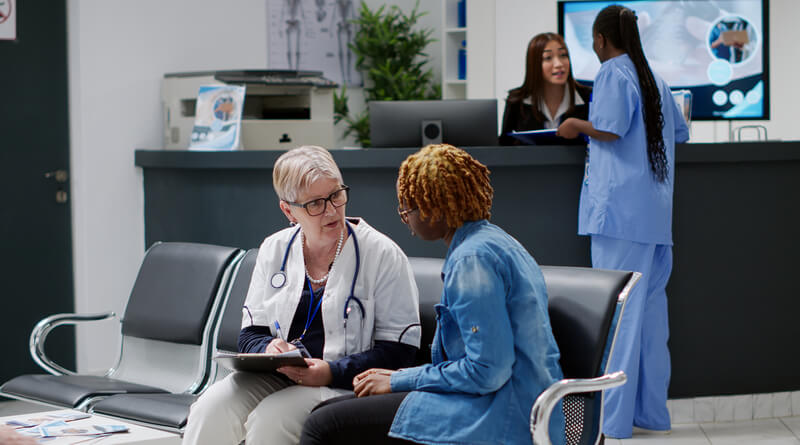Enhancing Supply Chain Security With Biometric Technology

Supply chain management encounters various problems concerning the efficiency and safety of its operations. Various machinery exists to help create, transport and distribute these goods. Biometric technology is another addition with the potential to revolutionize security measures in the supply chain industry.
Biometric Technology for Security
Biometric technology is already prominent in security, as it involves recording physical characteristics that are unique to one individual. Fingerprints, facial recognition and iris scanning are stronger than passwords or swipe cards.
As a medical professional, you understand that health and security rely on one another. The logistics industry requires both due to the complexities of production and conveyance. Ensuring proper supply chain security with both is a must.
Improving Supply Chain Processes
In supply chain security, the two main variables to consider are the cargo and the workers involved. Biometric technology can significantly affect processes that secure both.
Better Shipment Tracking
The supply chain involves various shipments, from raw materials going to the manufacturers to finished products heading to paying customers. Biometric technology is a crucial way to identify the people accessing the cargo. Combining this with GPS technology can provide accurate location data to track when and where the items are.
Biometric technology provides real-time information, which can reassure logistic leaders of the shipment’s security. The availability of location data can also improve timing and remove productivity bottlenecks in the long run.
Health and Safety of Workers
The supply chain has a large workforce focused on supply, logistics and administration. Some responsibilities require working with large equipment. Advanced biometric technology like wearables can display information such as heart rate to signal whether a worker needs immediate medical attention.
Medical experts also regularly check signs of fatigue in workers. Having that review and scheduling frequent checkups ensures they stay healthy during supply chain operations. It’s an investment in their safety and productivity in the long run.
Authentication Processes
Supply chain security requires good authentication. Many high-value goods are at stake, such as automobiles, computer parts, and more. Due to their limited stock, food and beverages are also incredibly important. In the medical field, pharmaceuticals and technology are also highly coveted.
Biometric-powered authentication ensures these items are accessed by vetted personnel. If any damage occurs or items go missing, they can look at the logs and talk to the point person who had last access to them.
Authentication processes are also good for preventing theft. In the supply chain, the delivery of goods or the presence of personnel warrants stealing, as they can sell the goods. There may also be stowaways with intentions to harm others and steal their access control. Biometrics discourages that by limiting who can go through security systems.
System Scalability
As a supply chain grows, its system needs to grow with it. Biometric technology offers a straightforward digital footprint easily integrated into a system, streamlining multiple operations with its authentication and tracking capabilities.
When access control is based on biometric data, supply chain workers could expect a faster user experience throughout their processes. At the same time, medical professionals can maintain the same level of attention and care for the individuals who need it.
Better Trust and Collaboration
Better security boosts trust. Biometric authentication provides strong verification of suppliers, partners and drivers. Instilling these measures can eliminate fraud and help everyone focus on collaborating and delivering what’s needed.
Biometric technology is also good for the partnership between medical professionals and logistic companies. With real-time data, establishments can rest easy knowing they get the care and support they need if any irregularities occur.
Implementation of Supply Chain Biometrics
One of the most straightforward ways to incorporate biometrics is to have separate access control facilities attached to different areas of logistics facilities. This measure controls the flow of who accesses rooms and takes inventory. Medical professionals can also encourage wearables and trackers to monitor people’s biometric information in emergencies.
Biometric data is sensitive as it involves unique characteristics. All parties should know and consent to where their personal information is going, and people using a biometric-powered system should receive education and training.
Ensure data storage is secure with robust encryption methods. Spoofing tampers with the contents and makes authentication difficult, affecting both supply chain processes and medical care.
Improve Supply Chain Security
Supply chain security is high-stakes, especially for bigger companies. Biometric technology is a great identification and authentication tool for protecting the well-being of workers in the field and safeguarding the commodities transferred.




















